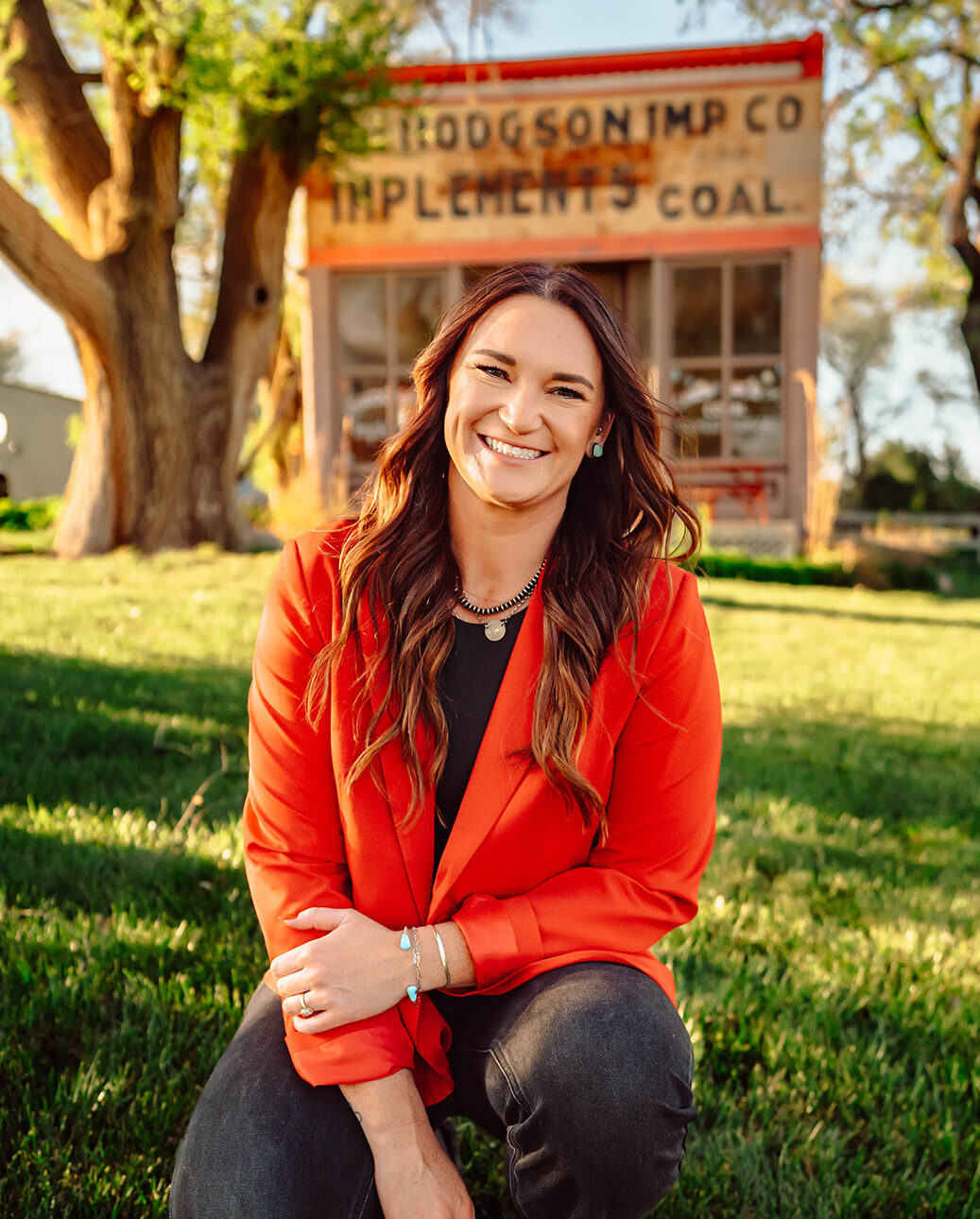Five Levels of Farm Financial Maturity: Where Do You Stand?
What is the single most important thing I’ve learned in my role at Traction in talking to hundreds of farmers annually about their financials?
Farm financial management isn’t an all-or-nothing game. It’s a progression. And those who play this game best are constantly striving to improve. Most farms start with the basics—pulling receipts together for taxes. But at the highest level, decision-making is proactive, and financial systems automate decision-making, helping farmers make smarter, faster, and more profitable choices year-round. So, where does your farm stand today? And more importantly—what’s the right next step to level up?
Here’s what we’ve learned from working with farmers across the country:
Level 1: Basic recordkeeping
Where you are now:
✓ You track revenue and expenses, but only to get through tax season.
✓ Your records might be spread across spreadsheets, notebooks, and bank statements.
✓ You rely on your accountant to make sense of it all at year-end.
What's holding you back:
ㄨ Your numbers aren’t helping you make decisions—just filing taxes.
ㄨ You have no visibility into profitability throughout the year.
ㄨ It’s hard to secure financing because your records aren’t structured.
Your Next Step:
Move beyond tax prep. Centralize revenue and expenses in a single system and start reviewing reports throughout the year.
Level 2: Organized bookkeeping
Where you are now:
✓ You keep all expenses and revenues in one place and can generate a cash-basis income statement.
✓ You build a rough budget (probably in spreadsheets) to plan for the next year.
✓ You have a basic average cost per bushel (total expenses ÷ total bushels produced).
What's holding you back:
ㄨ You don’t track financials in real-time—so decisions are still based on gut feel.
ㄨ Your budget is static—you don’t measure actual vs. planned cash flows.
ㄨ Your cost per bushel is just an average—not crop- or field-specific.
Your Next Step:
Start budgeting at a crop-year level and track planned vs. actual cash flow monthly.
Level 3: Integrated accounting
Where you are now:
✓ You generate an accrual-based crop year income statement.
✓ Revenue and expenses are tied back to fields, giving you a true cost of production per bushel.
✓ You set budgets and track variance monthly, comparing planned vs. actual cashflows.
What's holding you back:
ㄨ You’re tracking finances—but not fully using them to optimize decisions.
ㄨ Pulling reports and analyzing variance still takes manual effort.
ㄨ You’re getting closer to proactive decision-making—but still reacting more than planning.
Your Next Step:
Use past financial data to drive real-time marketing, purchasing, and investment decisions.
Level 4: Proactive decision making
Where you are now:
ㄨ Your financial workflow isn’t automated. You still spend time running reports and calculations.
ㄨ While your decisions are data-driven, they still require too much manual effort.
ㄨ There’s room for optimization—your financial system helps you, but it’s not yet fully working for you.
What's holding you back:
✓ You use historical financials to inform decisions about the future.
✓ You understand incremental costs and unit economics—so you know what moves will improve profitability.
✓ Your decision-making extends beyond the season—you’re buying and selling year-round, capitalizing on opportunities.
Your Next Step:
Automate your financial processes to focus on strategy—not number-crunching.
Level 5: System-driven financial management
Where you are now:
✓ Your financial framework automates most decision-making—removing emotion from the equation.
✓ You are ratio and benchmark driven, using comprehensive harvest scenario planning to guide farm strategy.
✓ You constantly measure, optimize, and improve workflows, ensuring the operation is scalable and risk-resistant.
What it feels like at this level:
✓ Your farm’s financial system works for you—not the other way around.
✓ You’re always prepared for financing, tax prep, and strategic decisions.
✓ You spend more time focusing on growth, risk management, and new income opportunities.
Most farmers get stuck at level 2 or 3—here’s how to move up
Most operations track numbers—but don’t use them to make better financial decisions. The good news? Moving up doesn’t have to be overwhelming.
✓ Want to see how Traction Ag compares to QuickBooks? Learn why farmers switch → Compare Traction vs. QuickBooks
Farm accounting that just works.
Tired of hacking workarounds in software that wasn’t built for farms? We made Traction Ag just for you.

Agape Farms in Ohio



